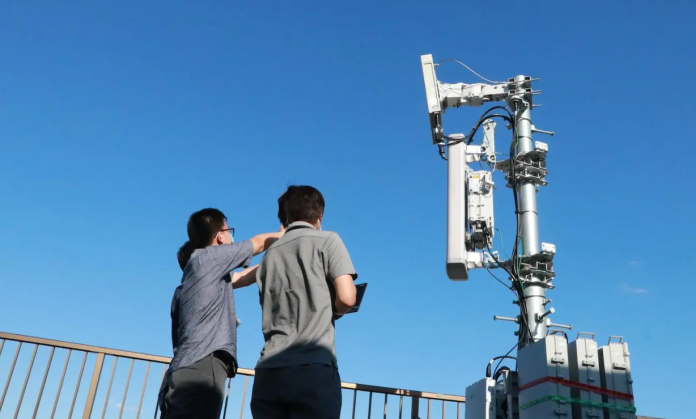4G antennas are the most critical element of a 4G network. They are responsible for receiving signals from the base station and sending them to the core network. This article discusses how to set up your 4G repeater antenna for perfect operations.
Steps for Setting Up 4G Antennas
Determine Your Coverage Requirements
Before you start shopping around for antennas, it’s important that you know the coverage area that’s necessary for your business. For example, if you only need coverage in one specific area of your store, then there’s no point in purchasing an outdoor antenna; instead, purchase an indoor one that will work well with your current setup. The same goes if you’re looking for a large-scale installation — there are different types of antennas designed specifically for this purpose.
Consider the traffic density in the area
The first thing you need to do when setting up 4G antennas is to consider the traffic density in your area. This will help you determine whether you need single or multiple beams. If there is high traffic density, then it means that there are more people using 4G services at any given time. In this case, you would need to have multiple beams so as not to disturb other users on your network. But if there is low traffic density, then a single beam would be enough for your network.
Select the right antenna type
When choosing an antenna for your site, you need to take into consideration the type of frequency band that is used by your network operator. If there are multiple bands supported by different operators in your area, then consider installing dual band antennas so that they can be used for both bands. This will save you money since it will allow you use one device to provide service for multiple operators instead of buying separate devices for each operator.
Choose the right mounting system
You also need to choose a mounting system for your antenna based on how many users there are at each site and whether or not they can access outdoor areas where they can install their own equipment or if they have to use indoor areas where only indoor equipment can be installed. There are several mounting systems available in the market today such as wall mount brackets, ceiling mount brackets and pole mount brackets among others
Install the antenna correctly
Before you start on installation, you’ll need to know whether or not your antenna is directional or omnidirectional. If it’s directional, then you need to point it in the direction of the nearest base station (BS). The BS will provide your phone with its data connection and voice calls; if you don’t point your antenna correctly, then you won’t get service in that direction.
If your antenna isn’t directional (or if it has multiple beams), then you can install it anywhere in your building as long as it’s not obstructed by other objects (such as walls) and there is clear line-of-sight between it and the BS. This might mean that you need more than one antenna in order to cover all areas of interest.
Conclusion
The mounting system is an essential part of this antenna. The antenna needs to be installed at a certain angle in order to transmit in the directed direction as well as receive from that direction. You can rotate your beam or turn your entire tower just slightly to change the angle. Remember there are many consequences for being off by a few degrees with your antenna, including not being able to pick up a signal or even losing your signal altogether in some locations.

